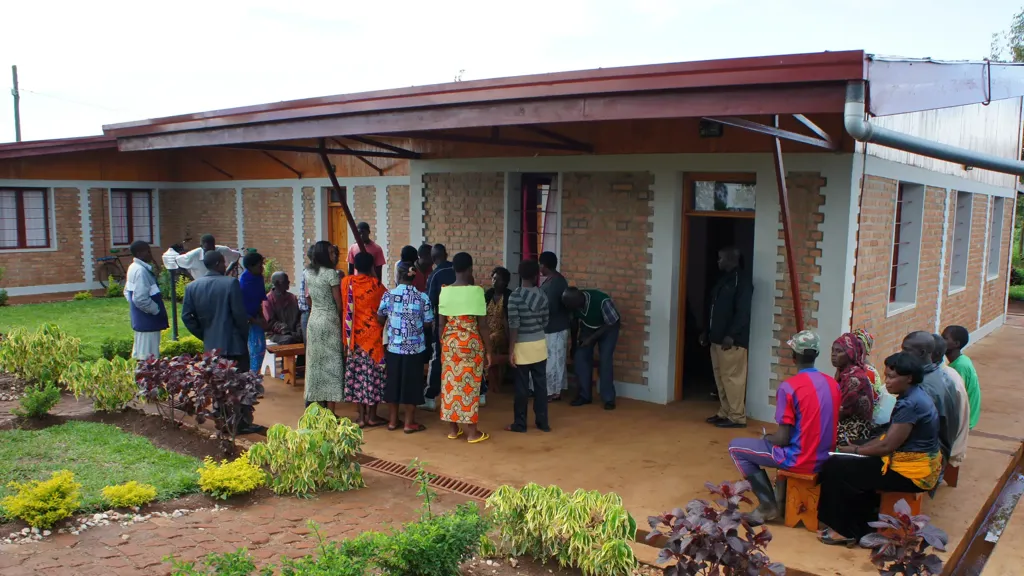The construction sector faces a surge in Africa due to population growth and rapid urbanisation. However, much of the housing for this future urban population has yet to be built. To meet this demand, sustainable solutions are required within Africa's construction sector and supply chain to mitigate its growing carbon footprint.
Gatsby Africa appointed Arup to complete an opportunity assessment for timber in housing construction in East Africa. Focusing on typical urban residential building typologies, this assessment looked at the potential for substituting high embodied carbon materials, such as concrete and steel, with timber. The timber construction materials that we examined included mass engineered timber, wood products and low-tech engineered timber.
The use of timber in urban housing is currently limited due to barriers such as lack of awareness, limited availability, affordability issues, and an absence of quality standards, regulations and skills. In our study, we address these challenges and explore opportunities to promote the use of sustainably sourced timber in mainstream housing construction.
Assessing timber construction in East Africa
For each selected housing typology, the study developed and compared concept designs that used conventional materials – such as steel, reinforced concrete, and masonry blockwork – against those that utilised timber-concrete hybrid systems and mass engineered timber. Across the East African supply chain, we analysed construction costs, embodied carbon savings, forestry resource needs and overall adoption feasibility.
From this assessment, we concluded that timber is a viable and sustainable alternative to conventional building materials in East Africa. However, for timber to be fully adopted, we found that the region’s construction industry would need to establish a range of new policy and regulatory frameworks.
Some of the policy and regulatory improvements that we identified include: standardising timber grading across the region, updating building codes, developing a sustainable timber supply chain, and building increased capacity within the industry. If these can be achieved, the wide-scale use of timber has the potential to decarbonise housing developments across East Africa.







